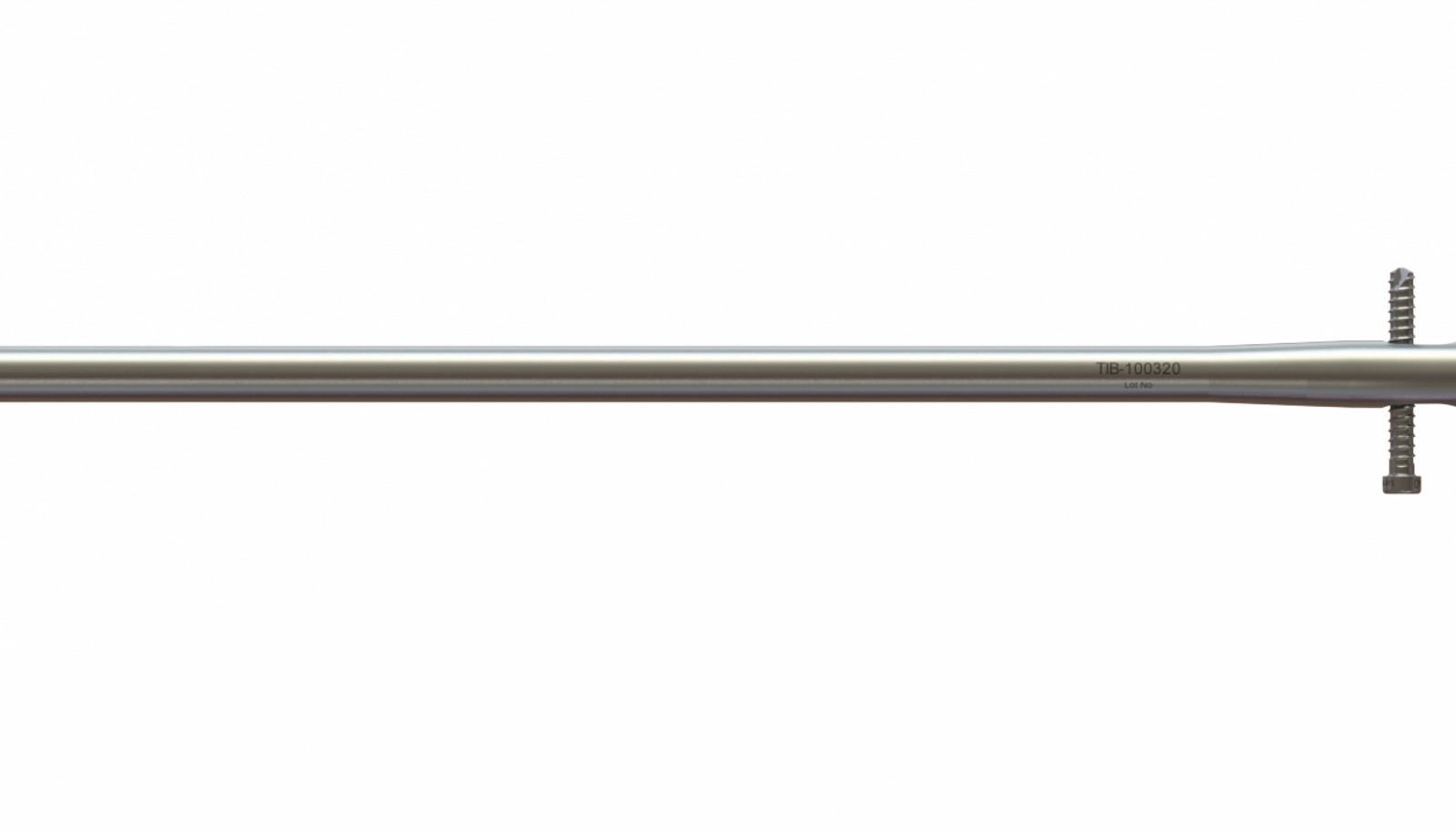November 16, 2021
Journal of Orthopaedic Experience & Innovation: High Value Tibial Nail Utilization Improves Cost Without Compromising Outcomes: Experience at a Level II Trauma Center

"The use of high value tibial nails at our institution resulted in significantly reduced implant expenditures with equivalent radiographic and clinical outcomes."
Introduction
In today’s opportunistic healthcare climate, value based care has moved to the forefront of cost containment. With respect to orthopaedic trauma, it has become increasingly important to factor cost into the treatment of an often underinsured patient population. As patents expire on many commonly used trauma implants, high value alternatives represent an excellent opportunity for trauma surgeons to provide value-based care so long as it does not compromise outcomes. The objective of this study was to appraise the clinical and economic impact of the use of high quality, low-cost tibial nails in the treatment of tibial shaft fractures.
Methods
Two hundred patients treated with high value tibial nail implants were compared to two hundred patients treated with conventional implants at a busy community level II trauma center between January 2011 and December 2019. Operative records were reviewed to identify intraoperative complications, operative time, and estimated blood loss. Cases of infection, malunion, nonunion, or need for repeat surgery were recorded. Hospital financial records were analyzed to determine implant cost.
Results
There was no appreciable difference in age, sex, diabetes, smoking, or American Society of Anesthesiologist (ASA) physical status score between the high value and conventional groups. A significant difference in operative time was observed. No differences were observed in intraoperative or postoperative complications. There was no significant difference found in return to the operating room or interlocking screw removal. Analysis found an average of $735 per case in implant savings. This represented a 38% reduction in implant cost with an overall realization of $147,000 in savings across the study period.
Conclusion
The use of high value tibial nails at our institution resulted in significantly reduced implant expenditures with equivalent radiographic and clinical outcomes. Based on this data, the use of high value tibial nail implants has potential to markedly reduce operative costs without compromising patient care as long as quality products are utilized.
A copy of the complete study can be found here.
